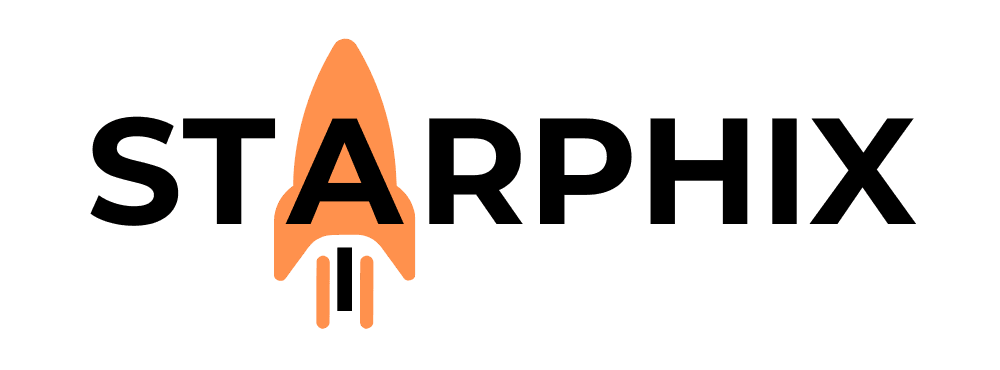Introduction: Power to the People, Not the Platforms 🤔 #
In a world where it seems like a few technology giants control our digital lives, a powerful counter-movement is ensuring that the future of AI belongs to everyone. This is the Open-Source AI Movement. It is a global, collaborative effort by researchers, developers, and companies who believe that the power of artificial intelligence should not be locked away in private data centers. They believe it should be shared openly, allowing anyone to understand, use, and build upon it. This movement is the engine of AI sovereignty and the single greatest force for democratizing this transformative technology.
(Image Placeholder: A graphic showing a single, large, locked box on one side, and on the other side, a network of interconnected people freely sharing and exchanging smaller, open boxes.)
What is Open-Source AI? #
Open-Source AI refers to models where the creators make the underlying instructions and learned knowledge—the source code and model “weights”—publicly available. This means anyone, from an individual hobbyist to a major corporation, can download, run, and even modify these models for their own purposes, free of charge. It is the opposite of the closed, proprietary models developed by companies like OpenAI and Google.
The Pillars of the Open-Source Ecosystem #
This vibrant movement is supported by three key pillars working in harmony:
- The Models 🧠: Companies like Meta (with their Llama models) and Mistral AI, along with research collectives, release powerful, pre-trained models to the public. These models are the “engines” of the open-source world.
- The Hubs 📚: Platforms like Hugging Face have become the “public libraries” of AI. They provide a central place where developers can easily find, download, and share tens of thousands of open-source models and datasets.
- The Tools 🛠️: Software like Ollama and LM Studio provide user-friendly interfaces that make it incredibly simple for non-experts to download and run these powerful models on their own computers with just a few clicks.
Why Open-Source is a Democratizing Force #
The open-source approach fundamentally changes the power dynamics of the AI landscape.
- It Prevents Monopolies: It ensures that a handful of corporations cannot hold an exclusive monopoly on powerful AI technology.
- It Fosters Innovation: When thousands of brilliant minds can access and build upon a model, the pace of innovation accelerates far beyond what a single company could achieve.
- It Provides Transparency: With closed models, you can’t look “under the hood.” Open-source models can be inspected and audited, leading to greater trust and understanding.
Harnessing the Power: The StarphiX PaiX Approach #
This vibrant, fast-moving open-source world is incredible, but for a business or a serious professional, it can also feel chaotic and overwhelming. Which model is best? Which version is stable? How do you ensure it’s secure and optimized for your specific hardware?
This is where a clear philosophy is needed. The StarphiX PaiX approach is built on a simple belief: leverage the very best of the open-source revolution, but within a stable, secure, and professionally managed environment. We see these powerful open-source models not as the final product, but as the community-vetted foundation upon which reliable business solutions are built. This natural bridge from public innovation to private, professional application allows our clients to get all the benefits of open-source—transparency, control, and no licensing fees—without the headaches of managing the complexity themselves.
Related Reading 📚 #
- What’s Next?: Understanding the Core Components of a Local AI Setup 🖥️
- Go Back: Breaking Free from the Cloud: The Benefits of Offline-First AI ☁️
Explore the Tools:The Directory of Tools & Frameworks 🧰


